Overview
Map
Other Details
كنيسة سيّدة الإنتقال الجديدة
Bqaa Kafra
Bcharre
North
كنيسة سيّدة الإنتقال الجديدة - بقاع كفراهي الكنيسة الرعائيّة الجديدة. بُنيت على سطح الكنيسة القديمة، سنة ١٩٢٥. تجمع بين القديم والحديث. مسقوفة بالقرميد من الخارج، أمّا من الداخل، فسقفها بغداديّ. تتألق الكنيسة سوق واحدة، وتحتوي على رسومات وصُوَر وزخارف ونقوش على جدرانها، وزجاجيّات على شبابيكها.The New church of Our Lady of Assumption - Bekaa KafraThe new parish church of Our Lady was built on top of the old one in 1925, and consists of one nave. The walls are lavishly decorated with frescoes mouldings and arabesques. The roof is of local type of decoration called Baghdady. The church also contains beautiful stained glass windows.
Visited 5291 times, 5 Visits today



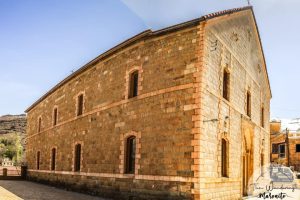
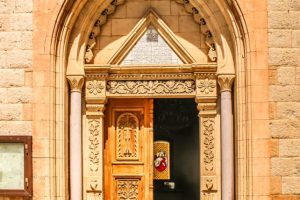
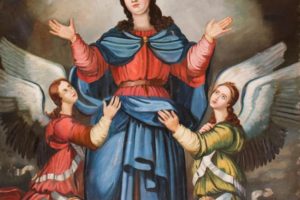
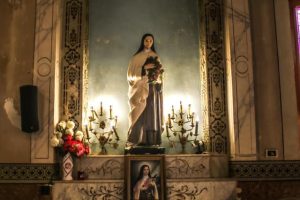
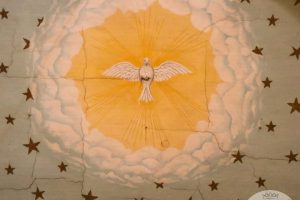
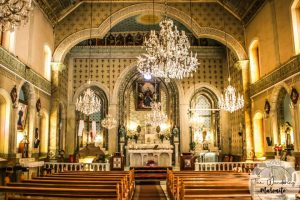
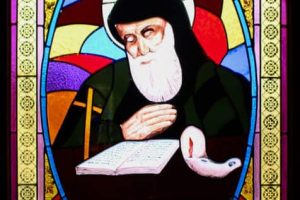
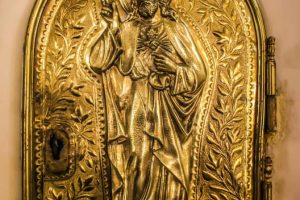








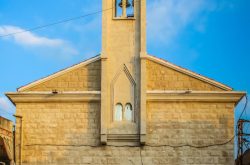
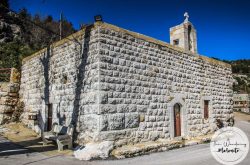
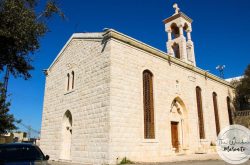
Reviews are disabled, but trackbacks and pingbacks are open.